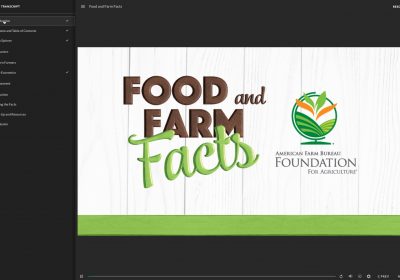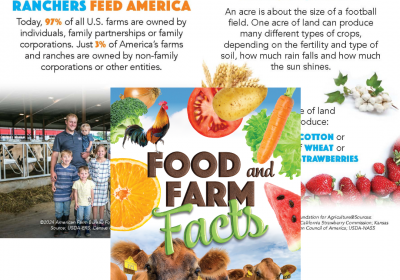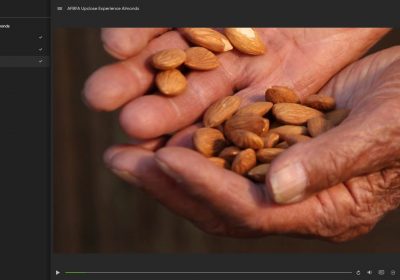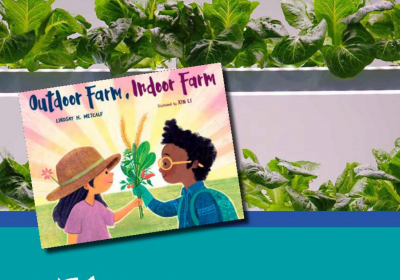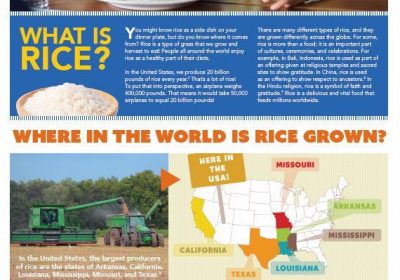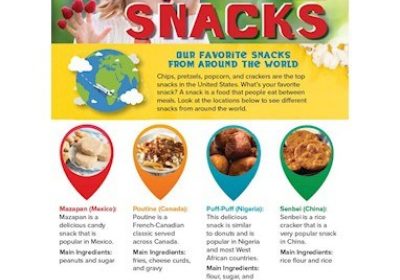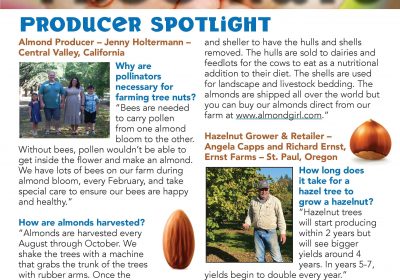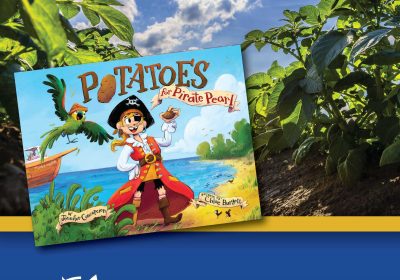Learning Resources For Educators
Initiatives
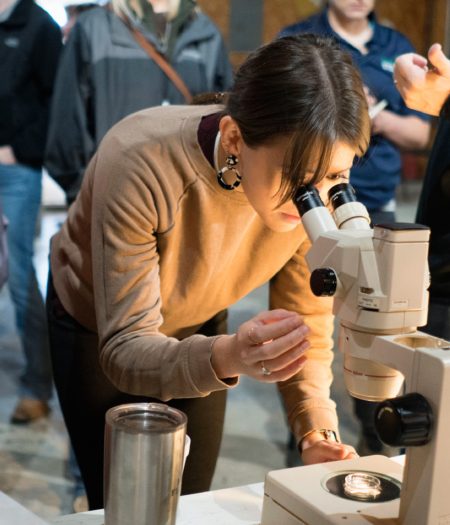
Free Professional Development Workshop Series
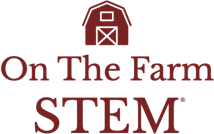
Our virtual workshop series features field experts who will share their firsthand experiences and stories, and guide us through anchoring phenomena that will help students connect concepts across disciplines and grade levels. Don't miss out on this opportunity to learn, grow, and have fun with a community of passionate educators!
Resources for Educators

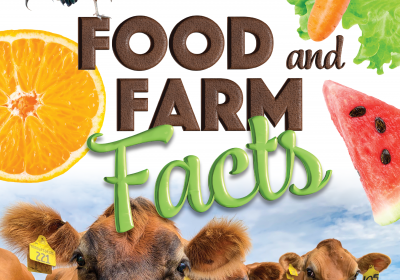
Complete Courses
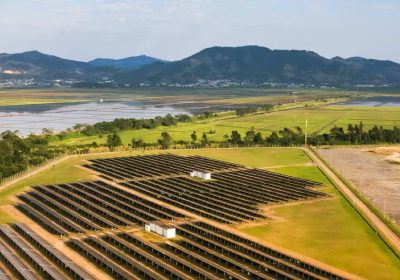
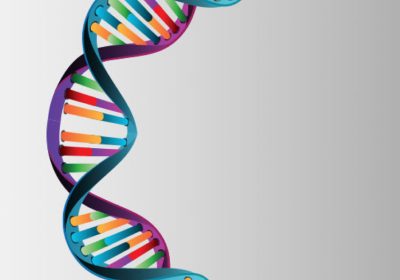
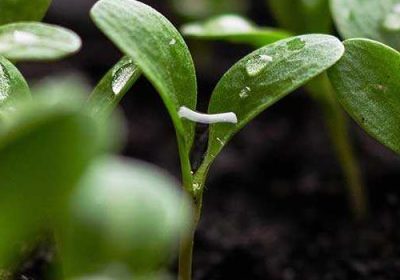
E-Learning Experiences
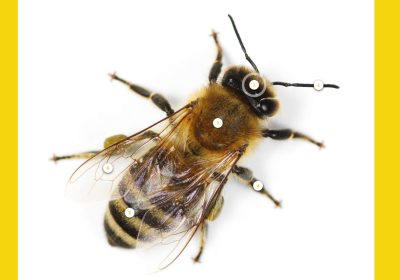


For Curious Students
A young horse is known as a foal. Horses come in many different breeds, including those classified as ponies. Ponies are small breeds of horses that, because of their size, appear much smaller when fully grown than larger breeds of horses. A horse’s height is measured in hands from the ground to the withers (the area on top of a horse between its neck and back). A hand represents 4 inches. The term horse is generally applied to one that is 14.2 hands (4 feet, 9 inches) or taller. A mature horse shorter than 14 hands is considered a pony by the industry.
According to the USDA Economic Research Service, “In 2016, 87.3% of food and beverage purchases by U.S. consumers, including both grocery store and eating out purchases, were from domestic production. The remaining 12.7% were imported food and beverages such as produce from Chile or wines from France.” The process of getting food from the farm to the table is called the Food Supply Continuum. This continuum encompasses a number of steps in three main phases: pre-harvest, harvest and postharvest. Included in pre-harvest is the producer or farmer, transportation of the product, and marketing of the product. The harvest phase includes harvesting the meat, fruit, vegetable or food product and processing it into a usable form. The final stage is postharvest, encompassing retailing the product, distributing the product through the food service industry and, finally, reaching the consumer.
Environmental Protection Agency (EPA) reports indicate that cattle production is not a top contributor to greenhouse gasses. The agriculture industry accounts for 9% of total U.S. greenhouse gas emissions. For comparison, transportation accounts for 28%, and electricity generation accounts for 28% of total U.S. greenhouse gas emissions. Advances in the industry helped American farmers and ranchers reduce their carbon footprint. Methane emissions from U.S. beef cattle have declined 34% since 1975.
No. All cows produce white milk. There are a number of breeds of dairy cattle — Holstein, Jersey, Brown Swiss, Ayrshire, Guernsey and Milking Shorthorn to name a few — none of which produce chocolate milk. Chocolate milk is man-made. Chocolate, from the tropical cacao tree, is mixed along with sugar into the white milk cows produce to create chocolate milk.
Get on the List!
Enter your email address below to get updates about resources and opportunities for educators.
Recently Added
